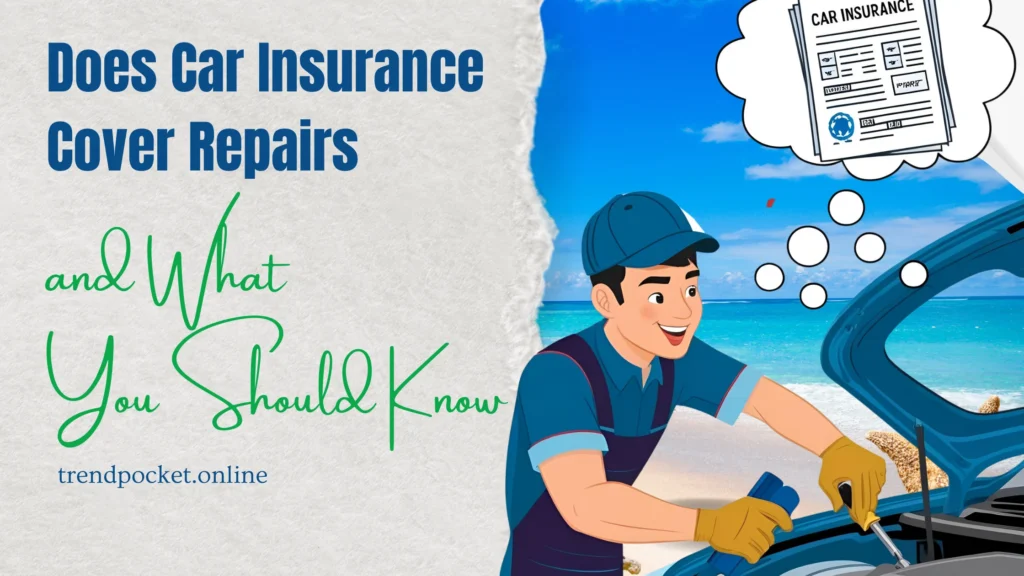Have you ever walked out to your car, turned the key, and realized something just isn’t right? Whether it’s a mysterious rattle, a sudden breakdown, or damage from an accident, car repairs can be a stressful and expensive experience. That’s when the big question hits: Does your car insurance actually cover repairs?
You’re not alone in asking this. Many drivers assume their insurance policy will pick up the bill when their car needs fixing, but that’s not always the case. Let’s walk through the ins and outs of what typical auto insurance policies cover when it comes to repairs and what they don’t. Knowing how your coverage works can save you headaches (and dollars) down the road.
Understanding the Basics: Car Insurance vs. Car Repairs
Let’s clear things up right away. Car insurance is designed to help cover costs related to unexpected events, not regular wear and tear. Think accidents, theft, vandalism, or natural disasters. But your insurance isn’t a maintenance plan it won’t pay for things like oil changes, new tires, or a worn-out engine.
To make it easier, let’s break it down into a few key categories.
1. Collision Coverage
If you crash your car whether it’s into another vehicle, a tree, or a parking lot post collision coverage can help you pay for the repairs. It’s optional in most states but often required by lenders if you’re financing or leasing your car.
Examples of what it usually covers:
- Repairing your car after an accident
- Fixing damage from hitting a pole or curb
- Replacing your car if it’s totaled in a crash

What it doesn’t cover:
- Mechanical breakdowns not caused by an accident
- Cosmetic fixes unrelated to crashes
2. Comprehensive Coverage
This one’s for the unexpected things that don’t involve a crash. Think nature, theft, or freak accidents. Comprehensive coverage helps with non-collision repairs.
You’re covered if your car is damaged by:
- Hail, storms, or flooding
- Falling trees or debris
- Theft or vandalism
- Hitting an animal
- Fire
So, if a tree branch smashes your windshield or a thief breaks your door lock, this is the coverage that helps you out.
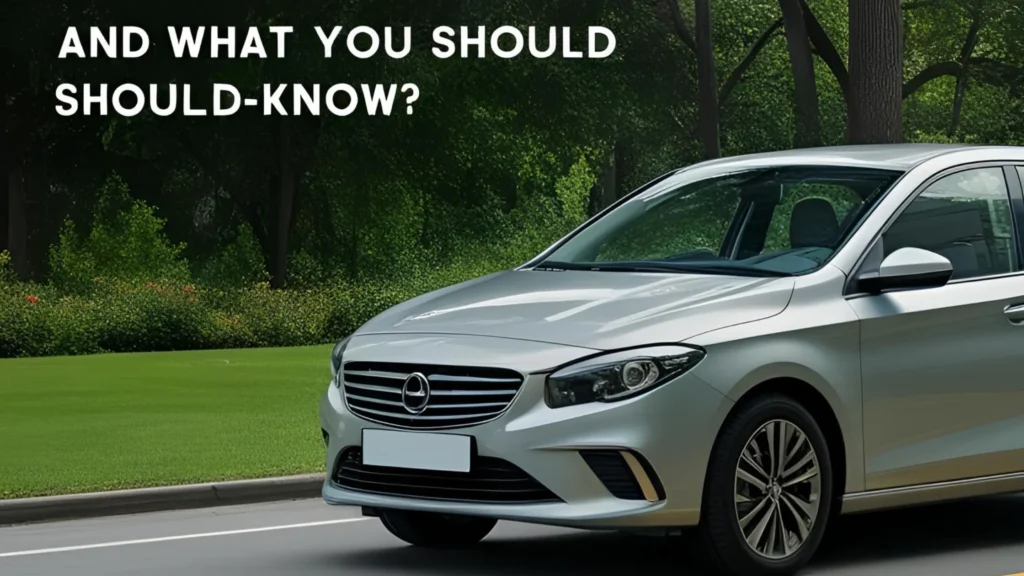
3. Liability Insurance
This type doesn’t cover your own repairs. Instead, it helps cover the damage you cause to others. If you hit another car or property, liability insurance pays for the other person’s repairs not yours.
So, if you’re at fault in an accident, you’ll need collision coverage to pay for fixing your own vehicle.
4. Mechanical Breakdown Coverage (MBC)
Now this one’s a bit different and optional. Some insurance companies offer Mechanical Breakdown Coverage, which works a bit like an extended warranty. It helps cover the cost of fixing parts that fail due to mechanical issues.
But there’s a catch. Not all companies offer it, and it usually only applies to newer vehicles. Plus, you’re still responsible for wear-and-tear maintenance.
You could be covered for things like:
- Engine repairs
- Transmission problems
- Brake system failures (not standard pad wear)
It’s worth asking your insurance provider if they offer MBC and if it makes sense for your car.
Does Insurance Cover Normal Wear and Tear?
Here’s the simple answer: No, it doesn’t. Insurance is not meant to handle everyday degradation. So if your brakes are squeaky, your air conditioner stops blowing cold air, or your tires are bald it’s on you to pay for those fixes.
Think of insurance as your safety net for sudden disasters, not everyday upkeep.
Normal wear-and-tear repairs not covered by insurance include:
- Oil changes
- Brake pad replacements
- Rotating or changing tires
- Battery replacements
- Engine tune-ups
What About Extended Warranties or Vehicle Service Plans?
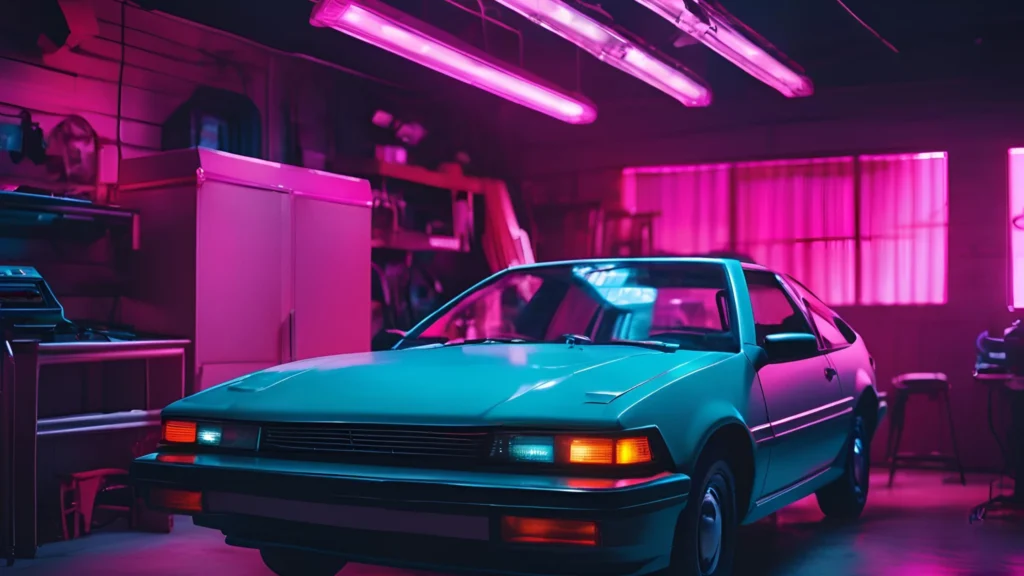
If you’re worried about potentially pricey repairs not covered by insurance, you might consider an extended warranty or service contract. These programs, offered by either car manufacturers or third-party companies, help pick up the tab for certain mechanical issues after your original warranty expires.
For example, when my car’s transmission started slipping just after the factory warranty expired, I was grateful I had purchased an extended protection plan. It handled the repair bill, which would have cost me over $2,000 out of pocket.
These plans usually cover:
- Powertrain issues
- Electrical system malfunctions
- Heating and cooling systems
Just be sure to read the fine print. Some contracts have strict maintenance requirements or only cover specific parts under certain conditions.
Situations Where Car Insurance Helps With Repairs
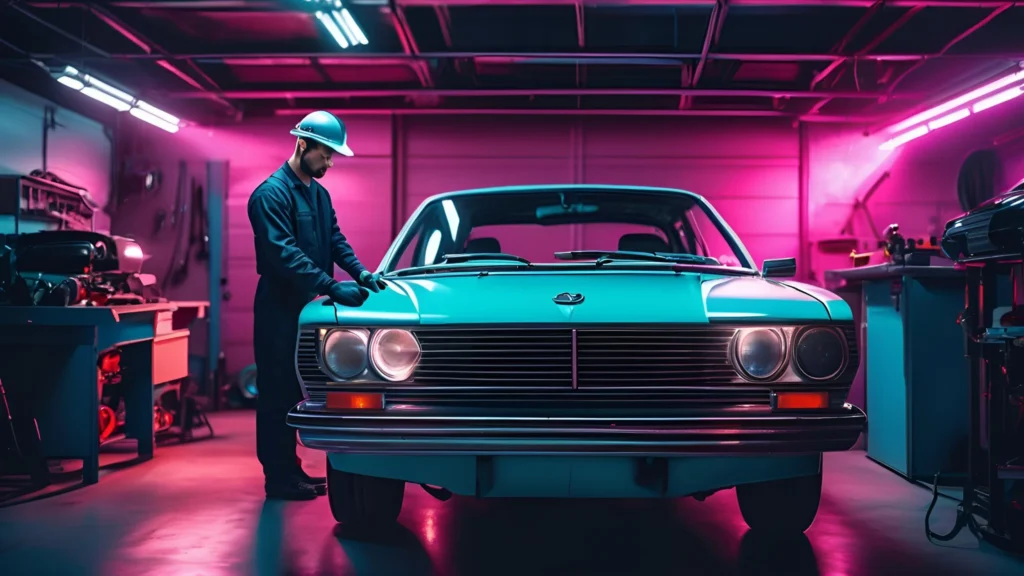
Let’s look at a few helpful scenarios:
Scenario 1: You’re in a fender bender, and your bumper needs to be replaced collision coverage steps in.
Scenario 2: A windstorm rolls through and drops a tree branch on your windshield comprehensive coverage comes to the rescue.
Scenario 3: Someone backs into your parked car and drives off if you have uninsured motorist property damage (UMPD), you might be covered depending on your policy and state rules.
What Should You Do When Your Car Needs Repairs?
If your vehicle is suddenly out of commission, here’s a simple step-by-step checklist to help figure out your options:
- Assess the damage. Is this due to routine wear, an accident, or something unexpected?
- Check your insurance policy. See if you have collision, comprehensive, or mechanical breakdown coverage.
- Contact your insurance provider. They can help clarify if your repair is covered and walk you through the claims process.
- Get an estimate from a mechanic. Even if your repair isn’t covered, it’s good to know how much it’ll cost.
- Learn from the situation. If this repair wasn’t covered, consider adjusting your coverage or exploring extended warranties for the future.
When Does It Make Sense to File an Insurance Claim?
If your car needs significant repairs due to a covered incident, filing a claim seems like a no-brainer. But small fixes might not be worth it once you factor in your deductible and the potential premium hike.
Ask yourself:
- Is the repair cost more than your deductible?
- Will filing a claim affect your future rates?
- Is this type of damage clearly outlined in my policy?
Always balance the benefit of filing a claim with the long-term cost.
Final Thoughts: Being Smart About Car Insurance and Repairs
Car problems are no fun but having the right insurance coverage can bring peace of mind when the unexpected happens. Just remember that auto insurance isn’t a cure-all for every mechanical issue. It’s there to protect you from high costs related to accidents, natural disasters, and theft not to handle your oil changes or squeaky brakes.
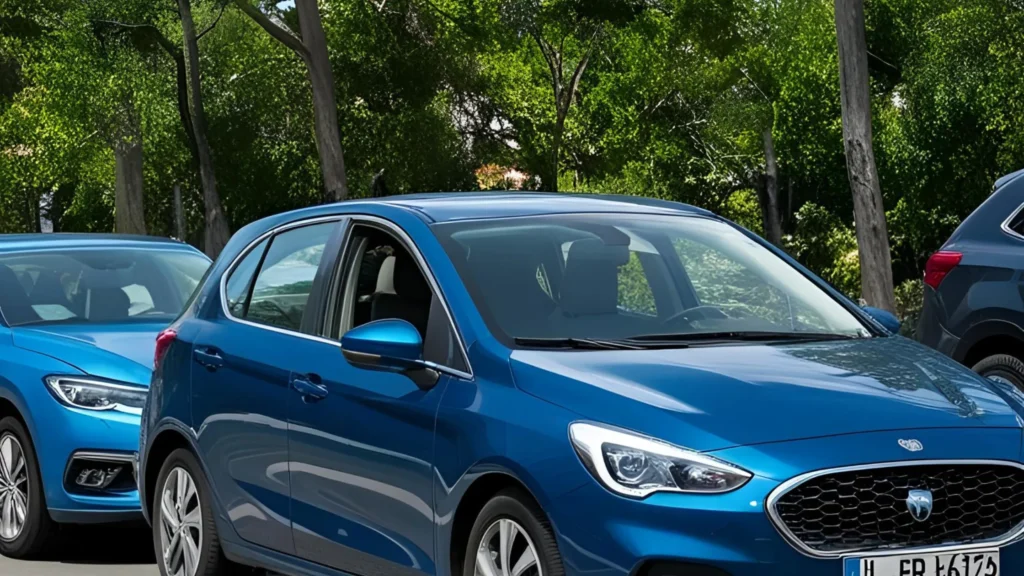
So if you haven’t reviewed your policy in a while, now’s a great time. Check what’s covered, what isn’t, and whether options like mechanical breakdown coverage or extended warranties make sense for your driving habits and car’s age.
Drive safe, stay informed, and keep your car in tip-top shape!
Quick Recap: What Car Insurance Typically Covers
- Collision Coverage: Repairs from crashes
- Comprehensive Coverage: Non-crash events like weather, theft, or animal impacts
- Liability Coverage: Damage to others, not your own vehicle
- Mechanical Breakdown Coverage: Optional help with engine or system failures
And remember: Routine maintenance? That’s your responsibility.
If you found this article helpful, share it with a friend or save it for later because car trouble happens when we least expect it. Better to be prepared than surprised.
Looking for More Insurance Insights?
Want to learn more about car insurance basics? Check out our other helpful guides on:
- What Is an Insurance Endorsements and How Does It Work
- Tesla Auto Insurance Coverage Guide: What Every Driver Should Know
- Understanding Your Car Insurance Declarations Page Made Simple
- What Is Hazard Insurance and Why Homeowners Need It
- Affordable Car Insurance Options in San Antonio, Texas
- Best Cheap Car Insurance Options in Seattle, Washington
Now you know the answer to the question, “Does car insurance cover repairs?” It does but only sometimes.

